Crystal Identification: How to Distinguish and Identify Different Types of Crystals
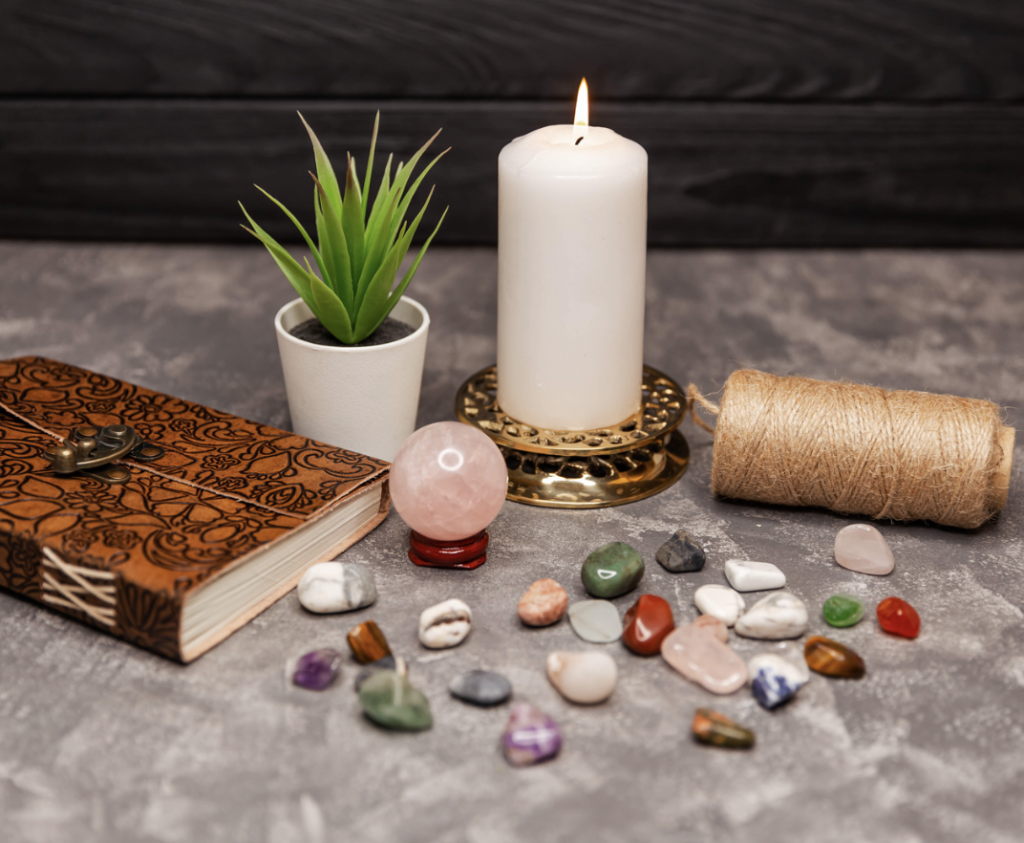
Crystals hold a timeless allure for many people, captivating us with their beauty, energy, and unique formations. Whether you are an avid crystal collector, a spiritual enthusiast, or simply someone who appreciates the elegance of these natural marvels, being able to identify and distinguish different types of crystals is an invaluable skill. In this article, we will explore various methods and tips to help you become proficient in crystal identification, enabling you to appreciate and make informed choices about these breathtaking gifts from the Earth.
Understanding Crystal Formation and Characteristics
Crystals are formed through a process of crystallization, where atoms and molecules arrange themselves in a precise and repeating pattern. This process can occur under various conditions, resulting in a wide range of crystal structures. To identify crystals, it is essential to be familiar with their general characteristics and formation.
Crystals are categorized based on seven main crystal systems: cubic, tetragonal, orthorhombic, hexagonal, trigonal, monoclinic, and triclinic. Each system has distinct geometric properties, which can aid in their identification. Paying attention to their crystal symmetry, shape, and cleavage can provide essential clues for distinguishing one crystal from another.
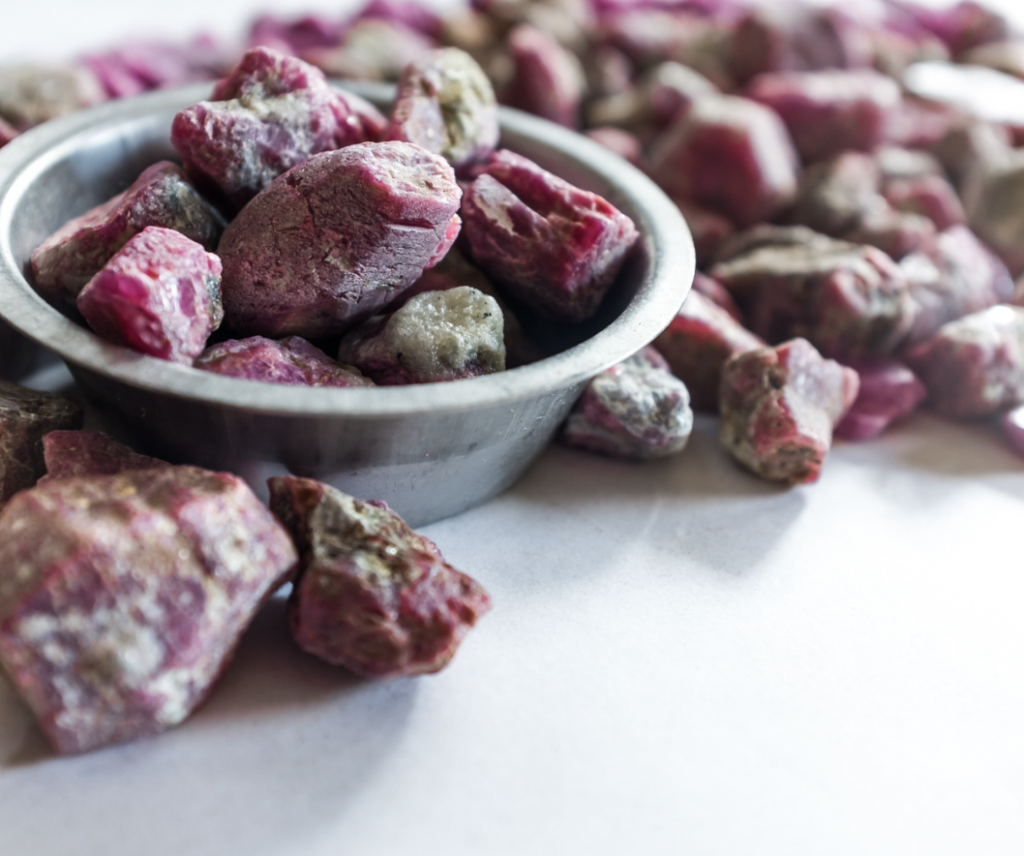
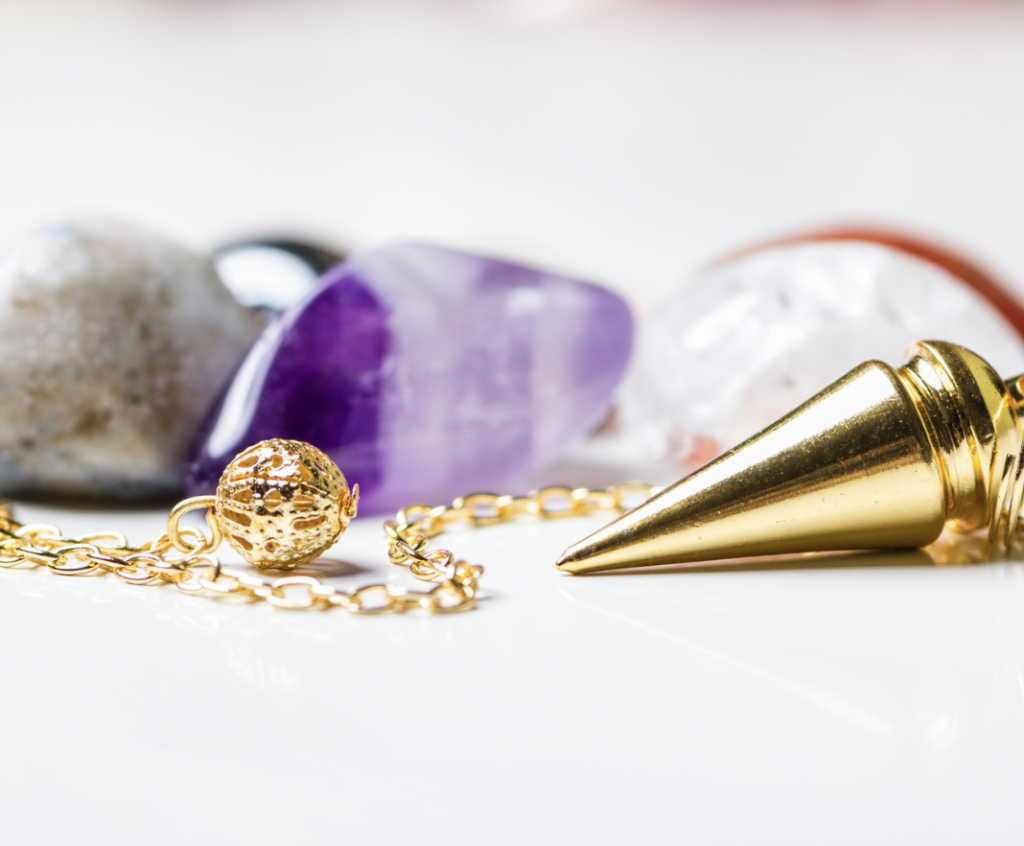
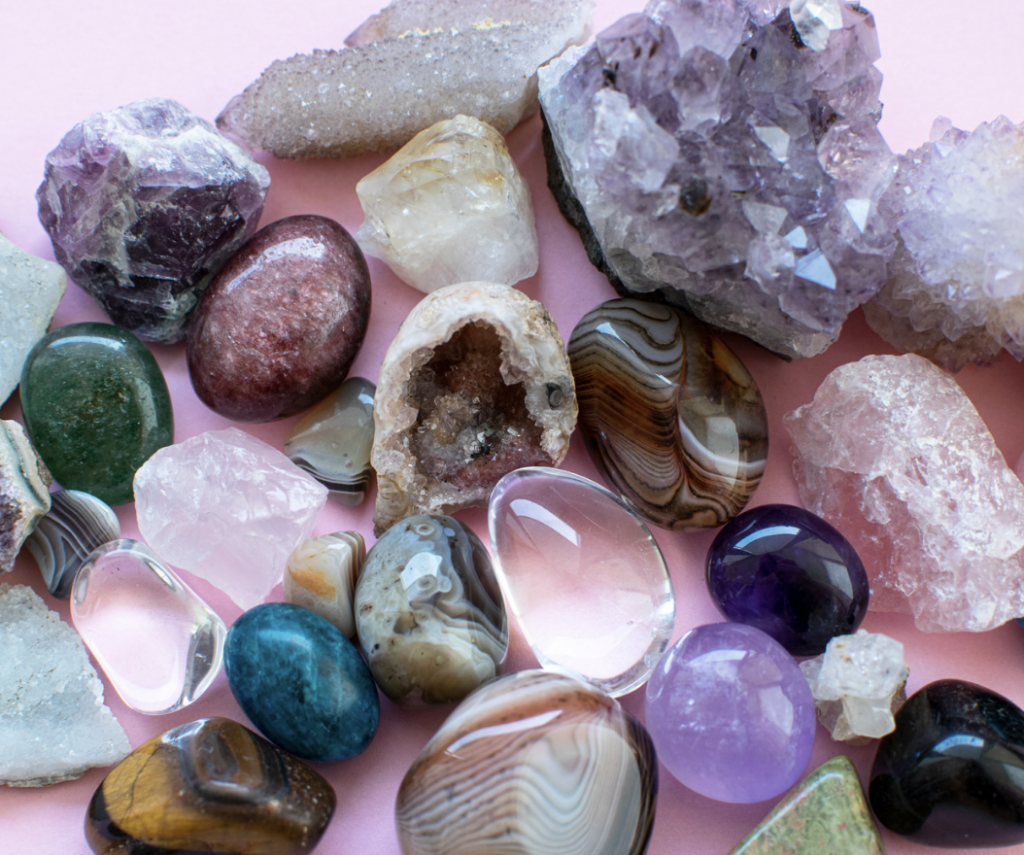
Identifying Crystals Based on Physical Properties
Physical properties such as hardness, luster, opacity, and density play a crucial role in crystal identification. One of the most straightforward tests to determine a crystal’s hardness is the Mohs scale, which ranks minerals from 1 to 10 based on their ability to scratch each other. For instance, quartz has a hardness of 7 on the Mohs scale, while calcite has a hardness of 3.
Luster refers to the shine or reflection of light from a crystal’s surface. It can be categorized into metallic, non-metallic, and combination lusters. Observing a crystal’s luster can be helpful in narrowing down potential choices during the identification process.
Opacity or translucency describes how much light can pass through a crystal. Crystals can be transparent, translucent, or opaque, depending on their internal composition. This property, combined with color, can be significant in crystal identification.
Finally, density is the mass of a crystal divided by its volume. By comparing the weight of a crystal to its size, we can determine an approximate density, which can eliminate certain crystal possibilities.
Recognizing Crystals by Color and Transparency
Color is among the most apparent characteristics when it comes to crystal identification. Crystals can present in a vast spectrum of hues, from clear and colorless to vibrant and opaque. Some crystals exhibit unique coloration due to impurities or trace elements. Familiarizing yourself with the colors commonly associated with specific crystals can be beneficial.
Transparency, as mentioned earlier, indicates how much light can pass through a crystal. This can range from transparent, where light passes through effortlessly, to translucent, where light passes partially, and finally opaque, where no light can penetrate the crystal. The combination of color and transparency can provide valuable insights into crystal identification.

Utilizing Crystal Identification Tools and Resources
While physical characteristics are essential in identifying crystals, several tools and resources can assist you further. A magnifying glass or jeweler’s loupe can help examine a crystal’s surface, patterns, and inclusions more closely. It is particularly useful when trying to identify crystals with intricate formations or tiny details.
For those seeking a more scientific approach, specialized crystal identification kits are available. These kits often include various testing tools such as streak plates for determining a crystal’s color when scratched against the plate, acid testing compounds for specific minerals, and even UV lights for identifying fluorescent crystals.
Additionally, online crystal identification guides, websites, and forums can be valuable resources. These platforms offer comprehensive databases, photographs, and discussions that can aid in your identification journey. Connecting with experienced crystal enthusiasts and seeking guidance from experts in the field can enhance your knowledge and accuracy.
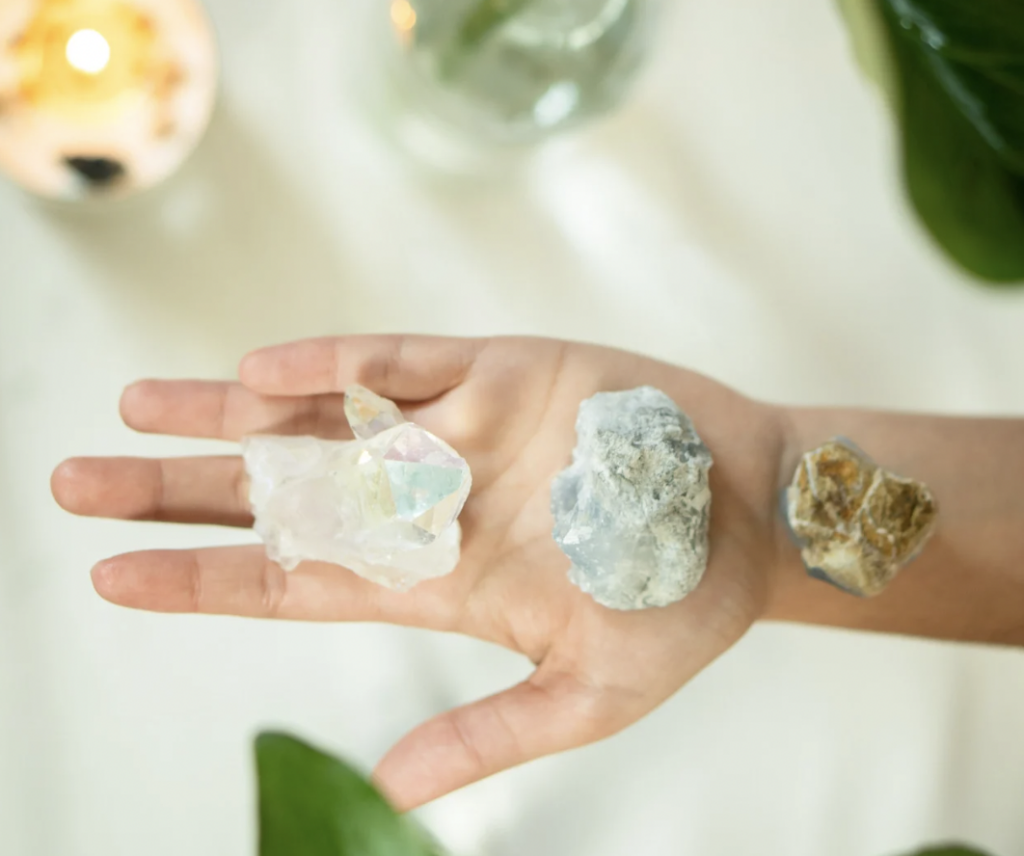
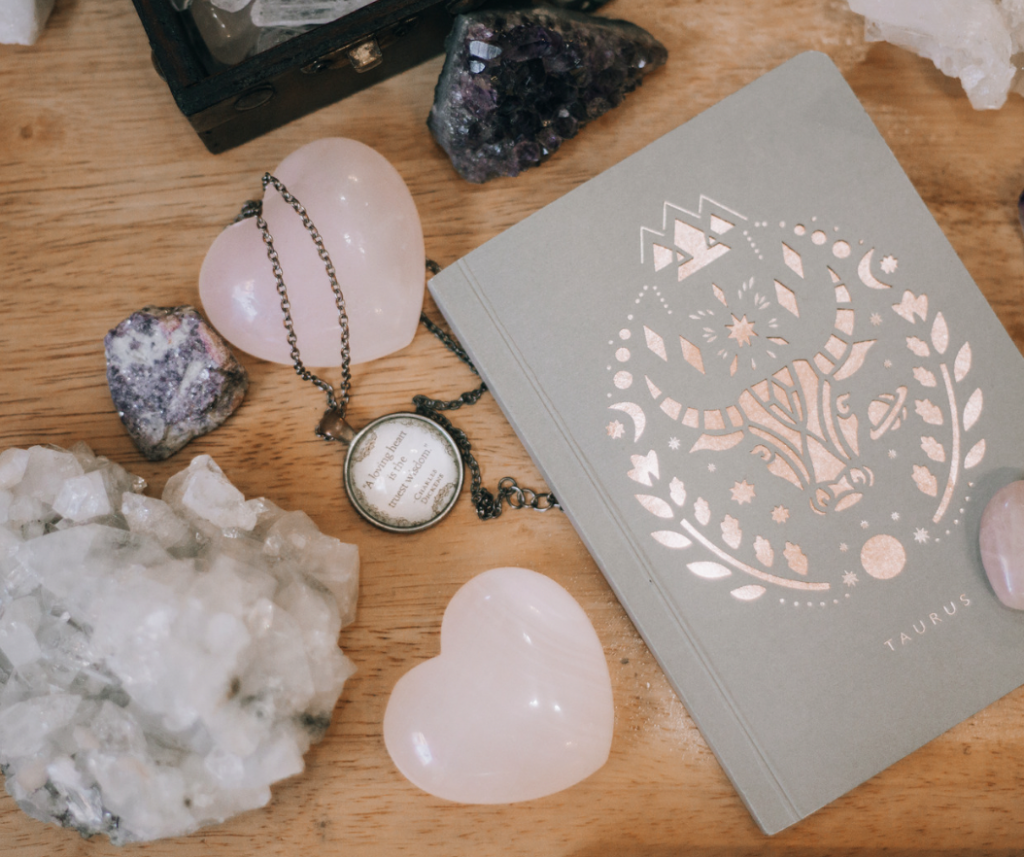
FAQs (Frequently Asked Questions)
How can I tell the difference between quartz and glass?
Quartz is harder than glass, ranks 7 on the Mohs scale, and cannot be scratched by glass. Additionally, observing the crystal’s luster and checking for natural imperfections or inclusions are important indicators of authenticity.
Can I identify crystals solely based on their color?
While color provides valuable clues, it is not always sufficient for a definitive identification. Transparency, physical properties like hardness, and observing other characteristics such as cleavage and formation are equally important.
Are there any precautions I should take while using acid testing compounds?
Acid testing compounds should be handled with care and as per their instructions. It is recommended to wear protective gloves and carry out testing in a well-ventilated area to avoid any harm or accidents.
Can I identify a crystal solely through an online crystal identification guide?
Online crystal identification guides can be helpful, but they cannot replace the accuracy and insights gained through personal observation. It is advisable to combine online resources with physical examination and expert advice for more reliable identification.
In conclusion, being able to identify different types of crystals enriches our understanding and appreciation of these fascinating natural wonders. By gaining knowledge about crystal formation, physical properties, color, and transparency, as well as utilizing tools and resources available, you can confidently navigate the enchanting world of crystals. Remember, patience, practice, and a curious spirit are key components in becoming skilled at crystal identification. So go ahead, embark on a journey of discovery and let the beauty of crystals captivate you.

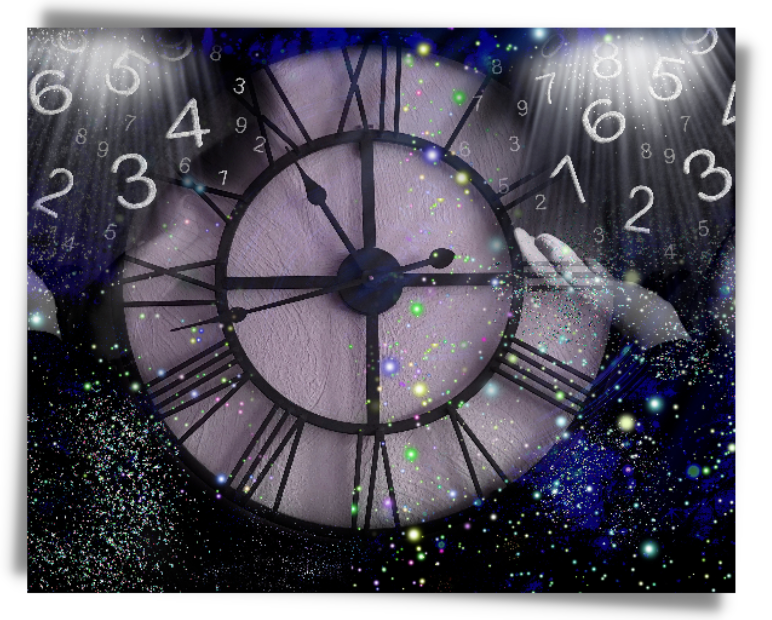



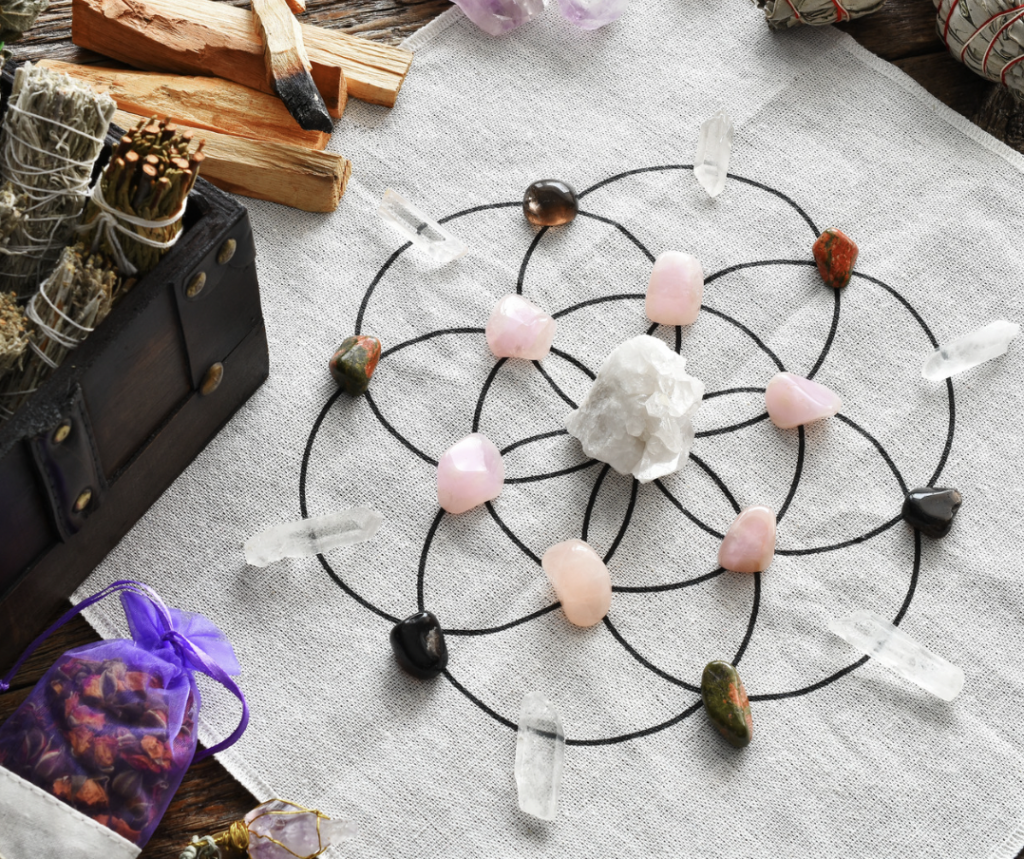
Responses